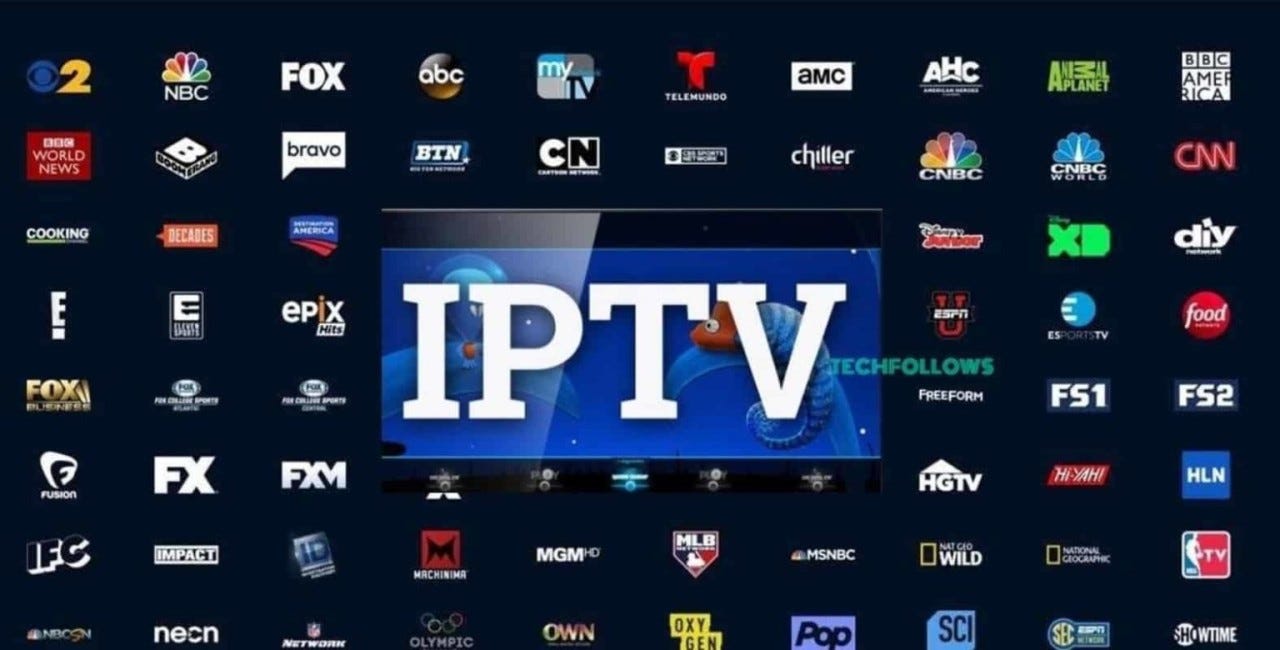Open Unlimited Home Entertainment: Obtain Your IPTV Subscription Today!
Just How IPTV Functions: A Step-by-Step Overview to Web Protocol Television Modern Technology
Web Procedure Television (IPTV) has reinvented the means we take in television web content, using a brand-new realm of opportunities with the power of the net. Understanding the complexities of how IPTV functions can drop light on the innovation that drives this cutting-edge type of media delivery. From the basic concepts of IPTV to the intricate procedure of material shipment, each action plays a critical function in ensuring a smooth viewing experience. In this overview, we will certainly discover the hidden mechanisms that make IPTV an interesting blend of innovation and entertainment.
IPTV Basics
In understanding IPTV essentials, it is crucial to grasp the essential workings of this innovation in delivering television content online. IPTV, which stands for Internet Method Tv, makes use of Net Procedure (IP) networks to transfer tv content to users' tools. Unlike traditional approaches of transmitting television material with wire or satellite signals, IPTV streams media via high-speed internet connections.

Moreover, IPTV permits interactive capacities, such as video as needed (VOD) and digital program guides (EPG), boosting the customer experience by giving more control and adaptability in accessing material. Overall, comprehending the basics of IPTV sets the structure for discovering its more sophisticated performances and the benefits it provides to contemporary television usage.
Material Delivery Refine
Reliable material distribution in IPTV systems entails a well-structured procedure that guarantees smooth transmission of tv web content over IP networks. The content distribution process in IPTV starts with the development of the video content, which is then inscribed into electronic format ideal for IP transmission.

Middleware Functionality
With the assimilation of middleware, IPTV systems gain enhanced capability that enhances individual interaction and material monitoring. Middleware works as an important component that links the space in between the interface and the back-end framework, assisting in seamless interaction and interaction within the IPTV system. One of the essential features of middleware in IPTV is to make it possible for individualized individual experiences by offering attributes such as interactive program overviews, video-on-demand her explanation services, interactive advertising, and customer choices administration. By systematizing these functionalities via middleware, company can offer an extra dynamic and customized IPTV experience to their subscribers.

Gadget Compatibility
Provided the essential function of middleware in allowing seamless interaction and content management in IPTV systems, an essential aspect to consider is the compatibility of devices made use of for accessing the IPTV solutions. Tool compatibility is necessary for making sure a smooth individual experience and ideal performance when accessing IPTV content.
In the context of IPTV, tool compatibility describes the capability of a device to effectively connect with the IPTV solution, show content appropriately, and sustain the needed protocols and codecs for streaming video clip web content over the web. Different tools, such as clever TVs, set-top boxes, smartphones, tablet computers, and computers, may have differing additional resources levels of compatibility with IPTV solutions.
To make sure a seamless watching experience, it is crucial for individuals to choose gadgets that work with the details IPTV solution they are using. In addition, IPTV company must provide assistance for a wide variety of tools to cater to the varied needs of their individual base. By prioritizing tool compatibility, both users and provider can boost the overall IPTV experience.
Top Quality of Service (QoS)
Taking into consideration the vital duty of read the article preserving a high criterion of performance and integrity in IPTV systems, ensuring constant Top quality of Service (QoS) continues to be a fundamental element of the customer experience. QoS in IPTV refers to the capability of the system to supply content with very little disturbances, high resolution, and quickly packing times. To attain optimal QoS, various variables need to be attended to. Network bandwidth is important to sustain top quality video clip streaming without buffering or pixelation. In addition, latency, jitter, and package loss should be lessened to boost the viewing experience.
Service suppliers utilize QoS systems such as web traffic prioritization, buffering, and error correction to keep a secure IPTV solution. By prioritizing IPTV traffic over less time-sensitive information, suppliers can make sure smooth playback even during peak use hours. Buffering assists make up for network variations, while mistake adjustment techniques boost data integrity.
Continual tracking and optimization of QoS specifications are important to adjust to altering network conditions and customer demands. Ultimately, a durable QoS framework is essential for providing a seamless and delightful IPTV experience to individuals.
Conclusion
In verdict, IPTV operates via the transmission of television content over web protocol networks. The modern technology involves an organized process of web content shipment, promoted by middleware performance to ensure compatibility across numerous gadgets. Top quality of Service plays a critical function in keeping the efficiency and integrity of IPTV services. Comprehending the basic principles of IPTV is crucial for understanding the details of this innovative television modern technology.